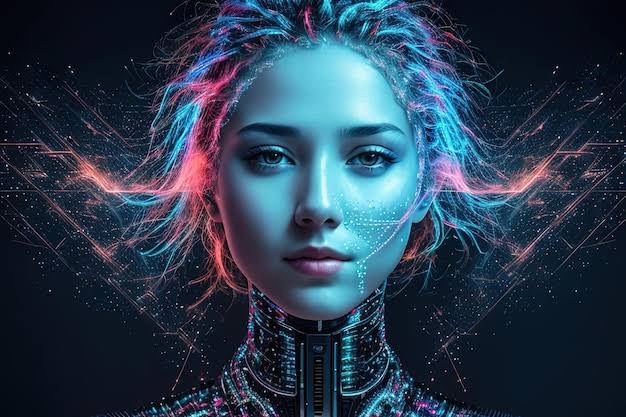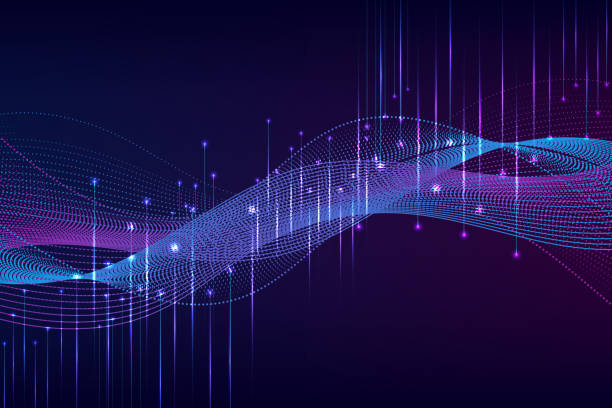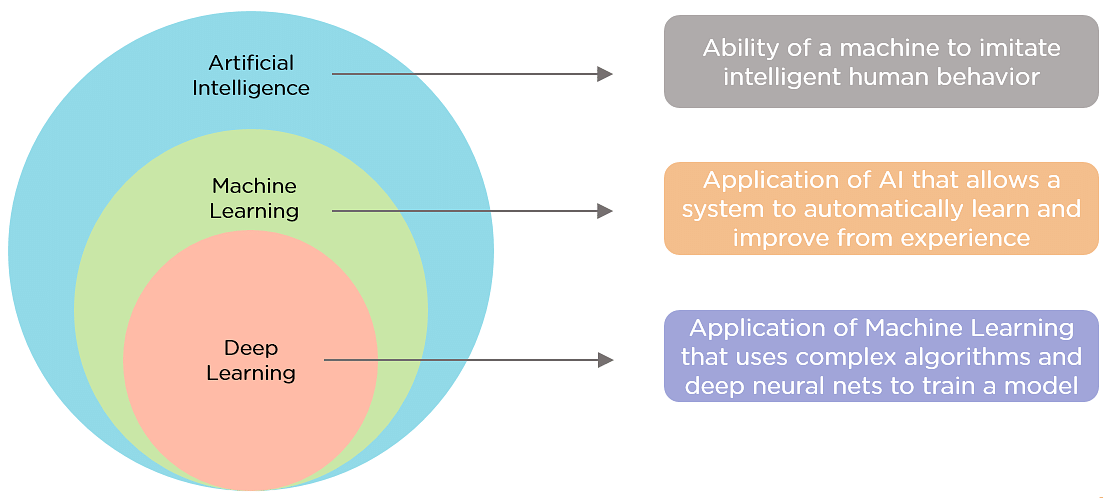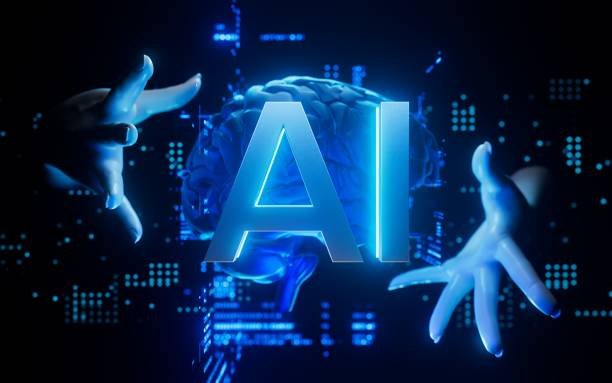In the hushed corners of our planet—deep within tangled rainforests, across parched savannahs, and beneath shimmering ocean waves—countless creatures are disappearing. Their exit is rarely noticed, their absence mourned only by the ecosystems that depended on them. The tiger’s roar is fading into folklore. The northern white rhinoceros teeters on the brink of myth. Coral reefs, once teeming underwater metropolises, now bleach into lifeless skeletons. Humanity’s progress, it seems, has come at a terrible cost.
The sixth mass extinction is not a future event. It is unfolding now, one lost species at a time. Habitat destruction, poaching, climate change, pollution, and human expansion have pushed many animals to the edge. For decades, conservationists have fought to turn the tide—with tranquilizer darts and GPS collars, with satellite tags and endless field hours. But the wild is vast. Resources are finite. The clock is ticking.
And then, unexpectedly, a new kind of ally entered the scene—not born of nature, but of code.
Algorithms in the Wilderness
Artificial intelligence may conjure images of silicon brains and self-driving cars, but its reach extends far beyond urban life. Across the globe, AI is quietly embedding itself into the heart of conservation, breathing new life into efforts to save the world’s most vulnerable species. These are not just futuristic ideas. AI is already in the jungle, in the ocean, in the sky—watching, learning, protecting.
What makes AI so powerful in this fight is its tireless vigilance. Where humans falter—overwhelmed by data, limited by time—algorithms thrive. A forest camera trap may snap thousands of images a day. Sorting through them to find a single shot of a jaguar takes hours. AI can do it in seconds. A network of microphones may capture bird calls, insect buzzes, or the distant echo of chainsaws. AI can decipher patterns in the cacophony, distinguishing danger from song.
But AI is more than a fast analyst. It’s a pattern hunter, a learner of trends, a prophet of risk. It can see things we cannot: poaching routes before they form, migration shifts before they occur, diseases before they spread. And it is doing so now.
Eyes That Never Sleep
In the dry, vast plains of Kenya, elephants once moved freely, their paths meandering with the seasons. Now, their journeys are increasingly perilous, laced with threats from poachers and habitat loss. A single bullet can end a life that has wandered the Earth for seventy years. The loss is more than one animal; it’s the silencing of a matriarchal memory, the unraveling of a herd’s social web.
Enter AI, in the form of EarthRanger—an advanced real-time data platform created by the Allen Institute for AI. It integrates GPS tracking from animal collars, camera trap images, ranger patrols, and weather data, all in one place. More than a digital map, it becomes a living pulse of the park. AI algorithms flag anomalies—a herd moving too fast, a ranger off course, an unexpected gunshot.
When a poacher crosses into a protected zone, the system doesn’t just raise an alarm. It predicts where they’re headed, where the animals are vulnerable, and where patrols should intercept. It doesn’t sleep. It doesn’t look away. It watches, and in its watching, saves lives.
This kind of intelligent surveillance is now in use in more than 80 protected areas across Africa and Asia. And it’s just the beginning.
Learning the Language of Nature
In the Amazon, home to one in ten known species on Earth, illegal logging is a constant, creeping threat. Chainsaws roar through the forest not just as acts of destruction but as death sentences for entire micro-ecosystems. Trees fall, and with them go homes, food sources, nesting grounds, entire chains of life.
Guarding the entire rainforest is impossible. Or it was, until AI began to listen.
Rainforest Connection, a nonprofit organization, developed solar-powered devices made from recycled smartphones that hang high in the forest canopy. These devices “hear” the forest. They capture every sound—raindrops, birdsong, howler monkeys, and, crucially, chainsaws. Through machine learning, AI algorithms learn to recognize the signature whine of a blade, even when it’s distant, even when it’s masked by other noises.
Once detected, alerts go out in real time to local authorities. Rangers, who once arrived hours too late, now appear within minutes. The forest itself becomes the whistleblower, and AI is its translator.
This is not limited to trees. Across the planet, researchers are training AI to decode the sounds of whales, the calls of endangered birds, the clicks of dolphins. Each species has its own lexicon, a language rich with meaning. For centuries, we heard only noise. Now, we’re beginning to understand.
Predicting Extinction Before It Happens
Not all threats come with the buzz of a chainsaw or the flash of a gun. Sometimes, extinction begins in silence—a frog that doesn’t sing, a flower that blooms too early, a migration that arrives late. Climate change and ecological disruption often start as patterns too subtle for the human eye. But not for AI.
By feeding enormous datasets into neural networks—satellite imagery, climate records, species counts—scientists can model entire ecosystems. AI learns what “normal” looks like: how often a river floods, when birds migrate, where snow falls. And when that pattern shifts, even slightly, it sends up a red flag.
This kind of predictive modeling allows conservationists to intervene before disaster strikes. For example, in Australia, AI helped identify that koalas were losing critical habitats not just due to logging, but because of micro-climatic shifts in eucalyptus groves. This insight led to the strategic replanting of cooler, higher-moisture trees, giving the animals a chance to adapt and survive.
In Madagascar, algorithms have pinpointed the last safe habitats for dozens of critically endangered species—pockets of stability in a changing land. Without this kind of analysis, entire species might have vanished before we even realized they were in peril.
Robotic Guardians and Drone Patrols
The sky has become a guardian. High above the savannahs, drones now sweep through the air like mechanical birds of prey, scanning for movement, heat signatures, and unusual activity. They are fast, efficient, and tireless. Armed with AI-powered computer vision, they can distinguish between a gazelle and a poacher, between a fire and a sunset.
In India, drones have become essential tools in protecting rhinoceroses. In the Kaziranga National Park, one of the last refuges of the greater one-horned rhinoceros, drone surveillance has dramatically reduced poaching. When a heat signature is detected near the animals at night, AI cross-references it with patrol paths, weather, and known animal behavior. If something doesn’t fit, rangers are deployed immediately.
Meanwhile, in the Galápagos Islands, AI is guiding autonomous underwater robots that monitor coral reefs and fish populations. These aquatic drones navigate through complex reef structures, capturing images and sound, and feeding it all into neural networks that assess biodiversity health. The data not only helps scientists understand what’s alive—but also what’s dying.
AI Empowering Indigenous Wisdom
In many regions, local and Indigenous communities have long been the stewards of biodiversity. They know the land, the seasons, the animal tracks, and the plant cycles. Their oral histories are databases of ecological knowledge. But too often, their voices have been marginalized in formal conservation.
Now, AI is becoming a bridge—not to replace Indigenous knowledge, but to amplify it. In northern Canada, for example, Inuit communities are using AI tools to track sea ice patterns, caribou migrations, and climate changes, blending their ancestral observations with satellite data. The result is not just more accurate predictions—but more culturally respectful ones.
In the Amazon, AI-powered platforms are helping Indigenous groups map illegal incursions, document species declines, and argue for land rights with hard data. AI, once a symbol of outsider control, is increasingly being reshaped into a tool of self-determination and ecological justice.
Ethical Algorithms and Conservation’s Dilemmas
But AI in the wild is not without controversy. Who controls the data? Who decides what species are worth saving? Algorithms, after all, reflect the biases of those who train them. If trained only on charismatic megafauna—tigers, elephants, pandas—they may ignore less “attractive” but ecologically critical species.
There’s also the risk of surveillance overreach. Drones and AI tools that track poachers can just as easily monitor communities. The line between protection and intrusion is thin, especially in regions already burdened by colonial histories.
Some critics argue that relying too heavily on AI could erode the human element of conservation—that connection between people and the natural world that fuels empathy and moral responsibility. Technology, they warn, should be a tool—not a substitute for caring.
But when wielded wisely, AI becomes a magnifier—not of dominance, but of our best intentions.
A Future Written in Code and Claws
The story of Earth’s future may yet be rewritten by the intertwined fates of biology and code. Already, AI is uncovering extinct species’ DNA blueprints, modeling ecosystems from centuries ago, and helping scientists understand how to bring balance back to broken habitats.
In the years to come, AI may design migration corridors that anticipate climate change, develop vaccines for wildlife diseases before outbreaks begin, and even simulate entire ecosystems to test conservation strategies before they’re deployed.
But even as the technology evolves, the heart of the mission remains the same: to save what is precious. To give the tiger more years to roam. To let the whale sing its ancient song. To ensure that the great forests still whisper to those who walk beneath them.
Hope Is Not Extinct
It is easy to feel overwhelmed. The headlines scream loss. The numbers seem unstoppable. The ice melts. The coral dies. The forests fall.
But there is also this: data that listens, drones that protect, algorithms that care. And behind all of that, people—scientists, rangers, villagers, coders—fighting not just to preserve life, but to rewrite our relationship with the natural world.
AI will not save the planet alone. But it may be the hand that steadies our faltering steps. A compass in the storm. A whisper in the forest that says: not yet. There is still time.
And so, in the silence between extinction and survival, something stirs—not just life, but possibility.






